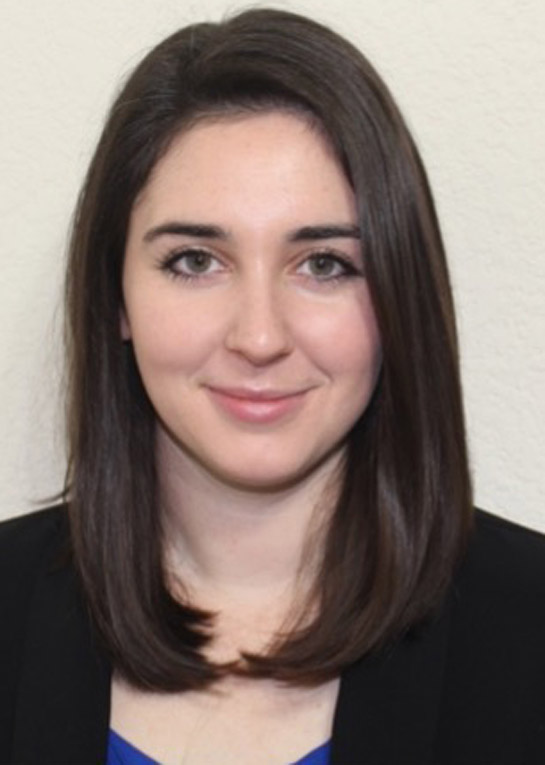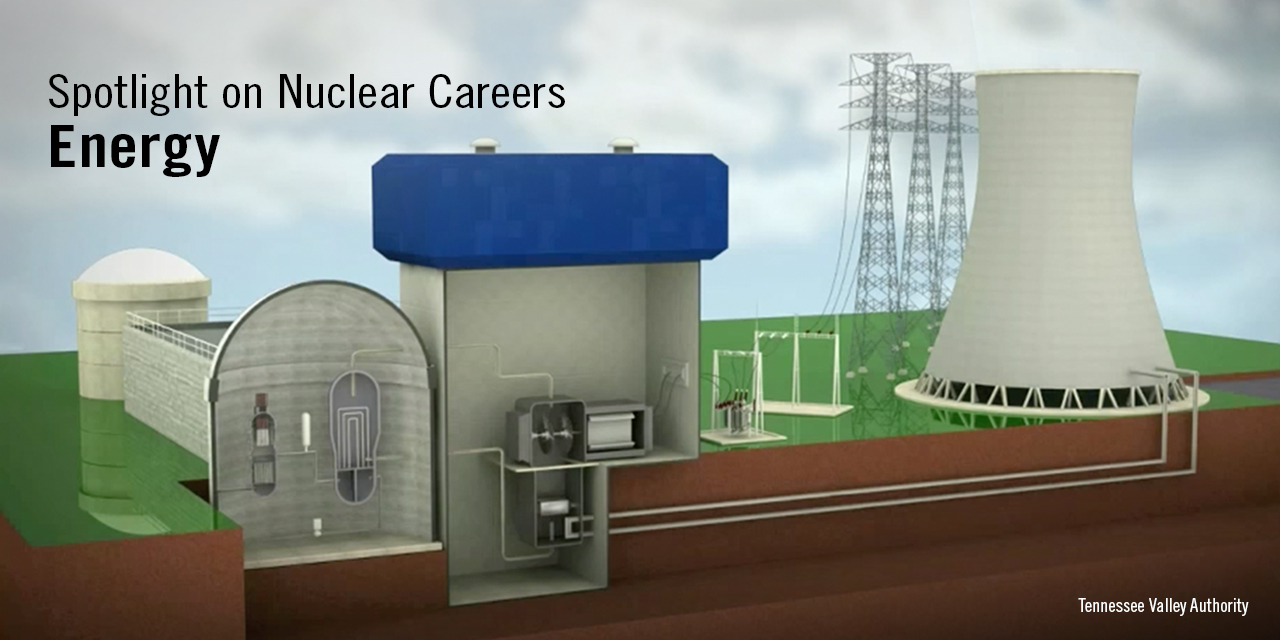
Lynn
Discovering engineering: After being introduced at the start of the webinar by Trivedi, Lynn explained that when she was in high school, she initially didn’t know what career path to take. Then, “in my junior year, I started taking physics, and suddenly I saw how math could be used to explain how the world works and solve real-world problems, and I was like, ‘I like this. I like problem solving.’ So, that set me on a path of looking at engineering as a career.”
Later, when she was exploring college major options, Lynn found that her interests were more in the mechanical side of things, more so than electrical or software. “Nuclear wasn’t even on my radar at the time,” she said.
Discovering nuclear: Ultimately, she learned that “there is room for everyone [in nuclear engineering] if you have interests” and that “nuclear technology has applications in manufacturing, in medical fields, and in generation of energy, too.” She added, “Practical applications and improving peoples’ lives was something that I really latched onto and got interested in.” She applied at Texas A&M University, got in, entered the nuclear program, and never looked back.
The path to a career: After Lynn became aware of Luminant at a Texas A&M career fair, she interviewed, was accepted for an internship, and spent three summers at the Comanche Peak plant.
Lynn enjoyed her experiences at Comanche Peak. “What I was drawn to was satisfaction at the end of the day that the projects I worked on were helping keep the lights on for people in their homes, businesses, hospitals, and schools,” she said. Lynn also had an interest in policy issues, and so she applied and was accepted for an internship with the International Atomic Energy Agency after graduating from Texas A&M. In that position, she worked with countries interested in constructing their first nuclear power plants.
Full-time at Comanche Peak: Following her IAEA internship, Lynn returned to Comanche Peak to work full time as a system engineer. During the webinar, she described the functioning of Comanche Peak’s two pressurized water reactors and the nature of her work during her five years within this system group.
Her work as a system engineer involved “a lot of problem solving and a lot of creativity,” and added, “You may think of it as just math and science and rules based and lots of physics . . . but to apply those takes a lot of creative thinking.”
Lynn also discussed the latest phase of her career: an engineering supervisor for the balance of plant, “the steam side that sends the water back through,” she said. With a new position comes a new curve; she is currently learning a completely new set of systems while overseeing six engineers. In her new supervisory role, she has found that more meetings are required, and it is one of her responsibilities to ensure that the engineers have the tools and resources they need.
All kinds of opportunities: Before taking questions from event participants, Lynn described the variety of careers and jobs available at Comanche Peak—from different kinds of degreed engineers to workers with only high school degrees. “One of the things that I do love about the plant is you’re not very siloed,” she said. “While I work with the engineering team and engineering department, we also work with our counterparts in maintenance and operations a lot, so there’s all kinds of opportunities out there.”
A recording of this webinar is available on the ANS website.







.jpg)

